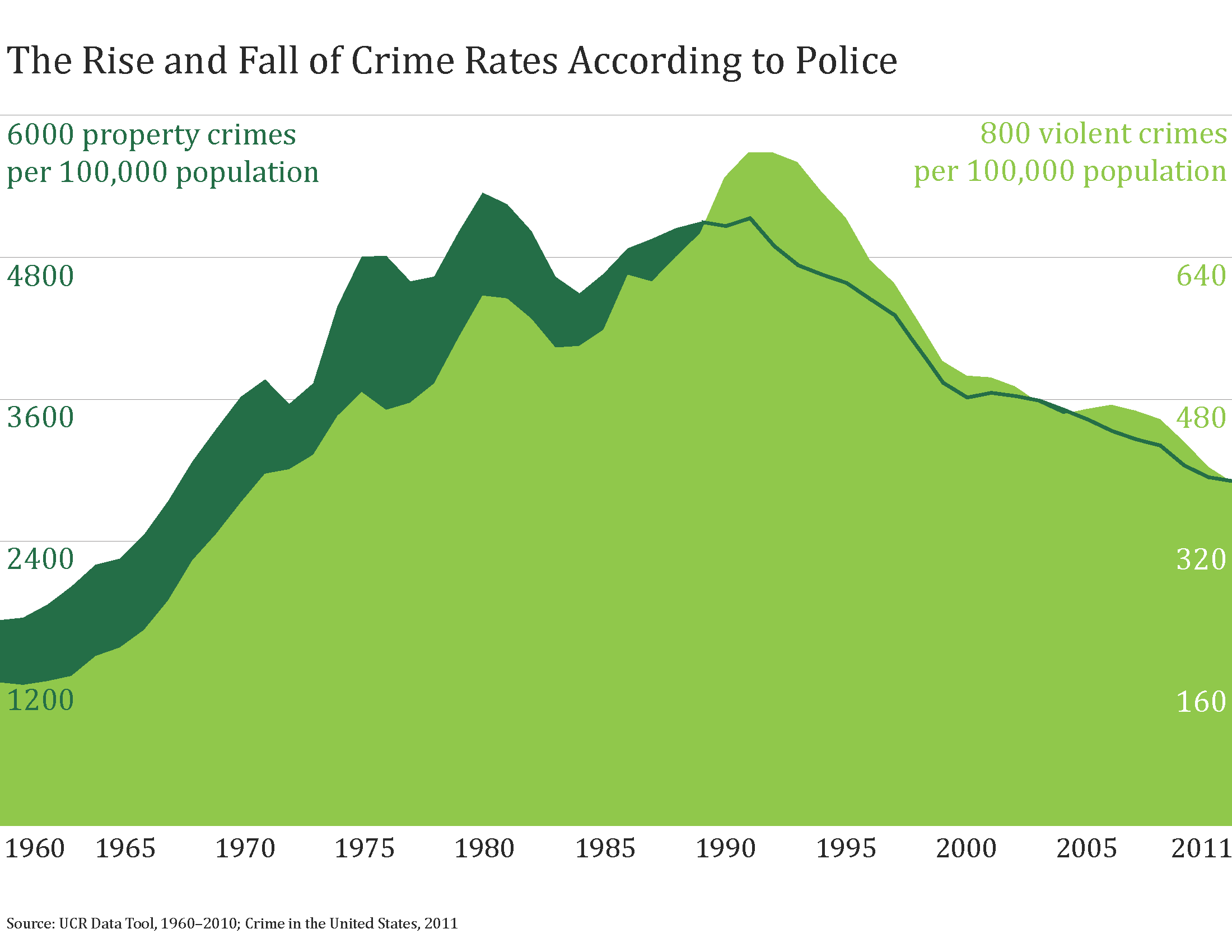Critics here want to claim that the statistics are 45 years out of date, and therefore 'wrong'.
In fact, newer statistics are available to illustrate all kinds of gun facts:
Firearm homicide rates in Afghanistan, Iraq, the Democratic Republic of the Congo, the United States and Pakistan,
for the year 2010:

|
SInce the actual percentage of 'gun owners' in Afghanistan is lower than the USA,
the massively higher death rate
must be explained other ways.
In the case of
Afghanistan, both inadequate policing and a culture of gun violence
is a much better explanation of the high death rate than lawful ownership of guns.
But to say that for instance the ideologies and culture of the Middle East,
including ISLAM and its various sects is the real cause of gun violence would
not suit the ideas of Western liberals and socialists who are pro- big government
and anti- gun ownership.







